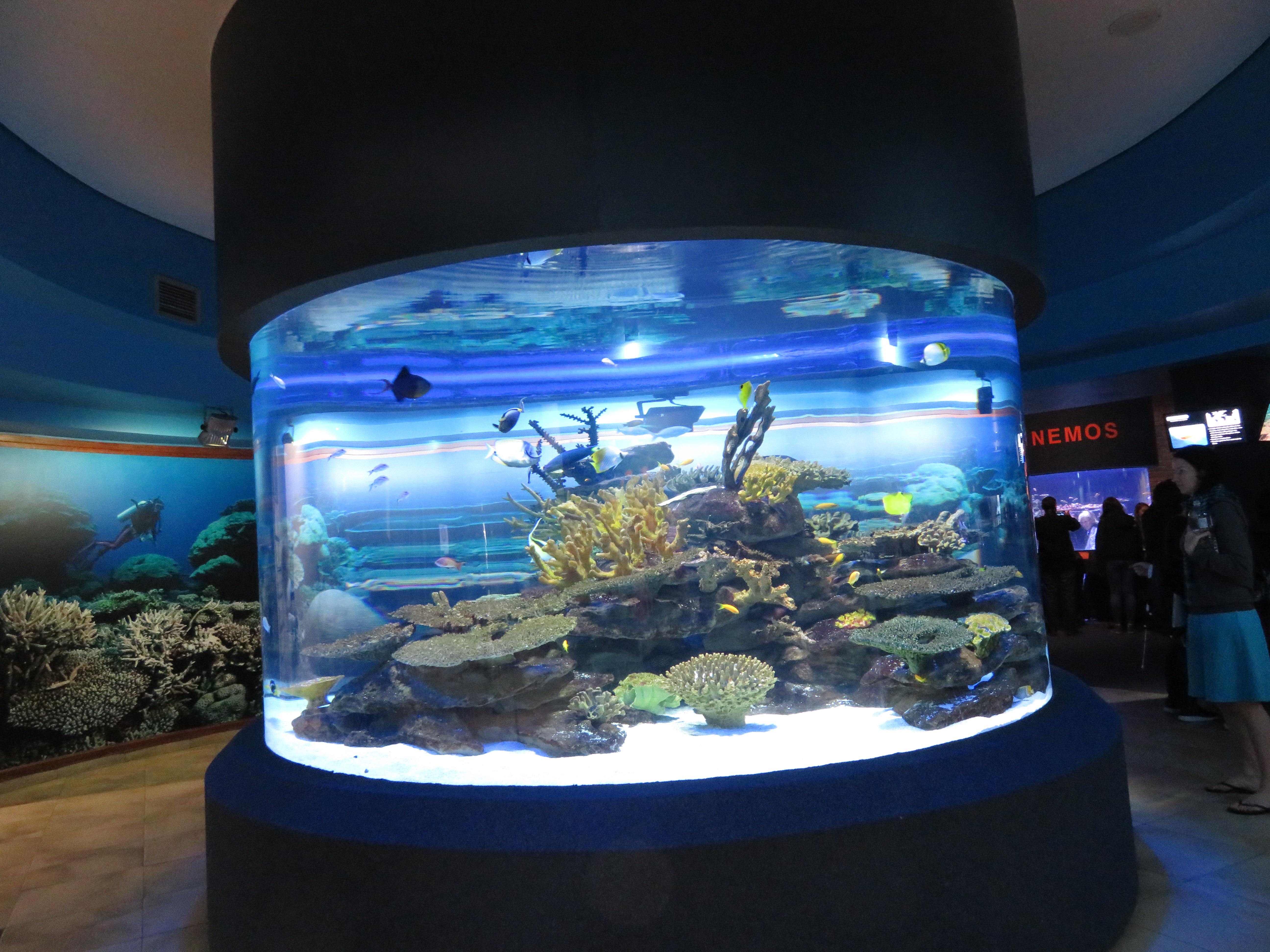Fish and other aquatic animals shed DNA into the surrounding water. This means that seawater is filled with the DNA of the animals living there, and this is known as environmental DNA (eDNA). Scientists have used environmental DNA to study a range of animals, from earlier eDNA studies in 2008 (e.g. on the invasive American Bullfrog), to more recent developments in targeting a whole range of fish species (e.g. metabarcoding by Miya et al. 2015).

We are testing whether environmental DNA, or the DNA shed from fish, can be used as a tool for marine conservation in South Africa. We are visiting the Two Oceans aquarium to start an amazing collaboration. Using their beautifully diverse tanks, we hope to show that the eDNA tool works for South African fish.

Watch this space. We have lots of exciting work to come. This tool could really make waves in the conservation world…

That’s such a hot topic at the moment. It’s being used quite a lot in aquaculture to scan for diseases as well and it looks promising so far! Looking forward to hearing more about the applications for conservation 😊
LikeLiked by 1 person
Thanks Emma, absolutely it has so many applications! More blog posts coming soon 🙂
LikeLiked by 1 person